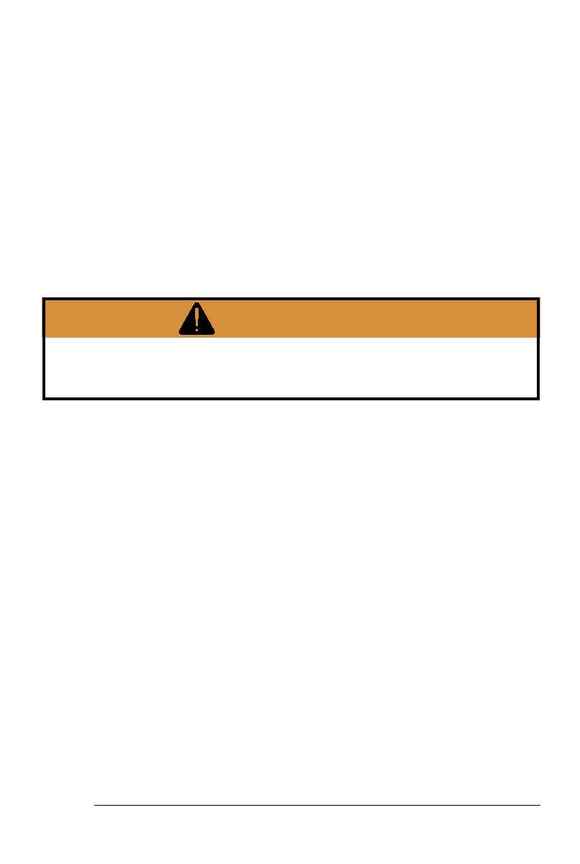
E.14
E.15
CHAPTER TWO
Guide to Safe Bicycle Trailer Use
Before Every Ride Check the Bike and Trailer
Try to lift the tongue away from the hitch (Figure 4). Check
that the trailer can not rock side to side when the lead bicycle
is held steady. If the trailer seems loose, readjust the quick
connection bolt.
To tighten the connection, see
Connecting the Trailer to
the Lead Bicycle
on pages 19-22 for detailed instructions. If
you cannot tighten the connection sufficiently there may be
a problem with the hitch. Take the trailer and hitch to your
dealer for inspection.
Also check that the rear tire of the lead bicycle, or any other
part of the lead bicycle, cannot contact the trailer during a turn
or other maneuver.
Check the trailer hitch tongue for signs of stress or
fatigue.
Trailers, like standard bicycles, are not indestructible: as with
anything mechanical, every part of a trailer has a limited useful
life due to wear, stress, and fatigue. Fatigue refers to a low-
stress force that, when repeated over a large number of cycles,
can cause a material to fail or break. The length of the life of a
part varies according to its design, materials, use, and mainte-
nance.
Regularly inspect the entire trailer, and especially the tongue,
for signs of fatigue stress:
· Dents
· Cracks
· Scratches
· Deformation
· Discoloration
Fatigue can be accelerated by large forces from unsafe trailer
pulling practices:
· Riding over large obstacles like curbs
· Riding off-road
· Any abnormal bike riding
Carefully inspect the trailer frame and components, especially
WARNING
Failure to correctly attach the child carrier in bicycle trailer
mode may cause separation or loss of control resulting in
personal injury. Check the connection before every ride.
